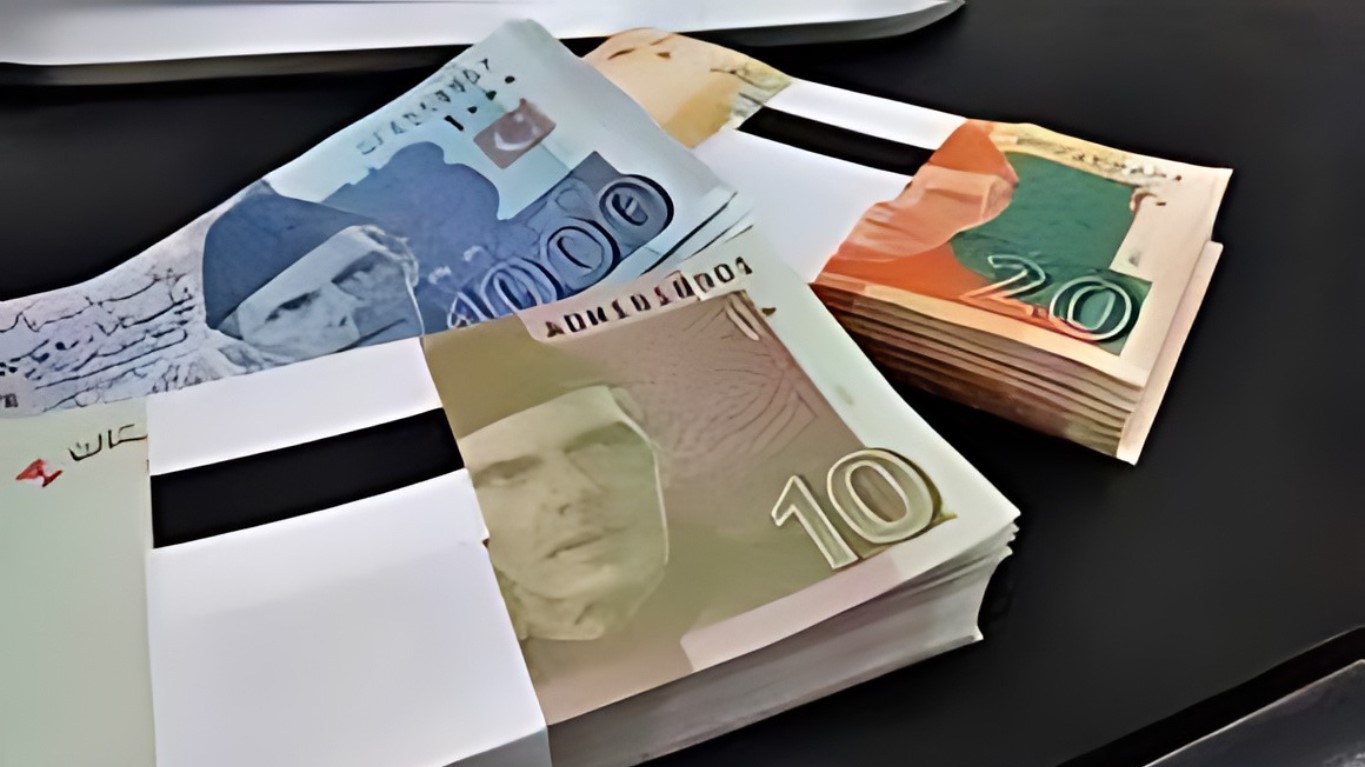Before Eidul Fitr, the cost of petrol is expected to increase by around Rs10-11 per litre from April 2024 onwards for the next two weeks. This increase is mainly due to higher import premiums and global prices. Conversely, the price of high-speed diesel (HSD) is predicted to decrease by up to Rs1.3 per litre.
Currently, petrol’s ex-depot price sits at approximately Rs279.75 per litre, and with the impending review, it may surpass Rs289.69.
| Commodity | Current Price (Rs) | Expected Price (Rs) | Difference (Rs) |
| Petrol | 279.75 | 289.69 | 9.94 |
| High Speed Diesel | 285.49 | 284.26 | -1.30 |
| Light Speed Diesel | 168.18 | 168.63 | 0.45 |
| Kerosene Oil | 188.49 | 188.66 | 0.17 |
Sources report that the import price of petrol has risen by about $4 per barrel, while the import premium has escalated to $13.5 per barrel. This surge is attributed to the geopolitical situation, resulting in an estimated increase in petrol prices by Rs10-11 per litre.
On the contrary, the international market witnessed a decline in the price of HSD, and the import premium paid by Pakistan State Oil (PSO) remains steady at $6.50 per barrel. Consequently, the rate of high-speed diesel is anticipated to decrease by Rs1.30 to Rs2.50 per litre, subject to final exchange rate adjustments.
Over the past two weeks, the price of petrol increased by approximately $4 per barrel to $94.5, while HSD’s price slightly decreased by about 60 cents per barrel to $98.4. Moreover, the exchange rate improved, with the rupee gaining approximately 1 per dollar to $278.6.
During the previous fortnightly review, the government maintained petrol prices at Rs279.75 per litre and reduced HSD’s rate to Rs285.56 per litre.
The government levies a petroleum development levy (PDL) of Rs60 per litre on both petrol and HSD, which is the maximum permissible limit under the law. As per commitments with the International Monetary Fund (IMF), the government aims to collect Rs869 billion in PDL during the current fiscal year.
Petroleum and electricity prices significantly contribute to high inflation rates. Petrol, primarily used in private transport, small vehicles, rickshaws, and two-wheelers, directly impacts the budgets of middle and lower-middle-class individuals.
Similarly, an increase in HSD prices is deemed highly inflationary, as it is predominantly used in heavy transport vehicles, trains, and agricultural engines such as trucks, buses, tractors, tube wells, and threshers. Additionally, it contributes to the prices of vegetables and other food items.
Currently, the government imposes approximately Rs82 per litre tax on both petrol and HSD, with no general sales tax (GST) applied to any petroleum product.
In comparison to the Rs60 per litre PDL on both products, the government imposes a Rs50 levy on high-octane blending component and 95 research octane number petrol. Additionally, there is a customs duty of about Rs19-20 per litre on petrol and HSD.
Both petrol and HSD are major revenue sources, with monthly sales ranging from 700,000 to 800,000 tonnes, compared to a monthly demand of 10,000 tonnes for kerosene.




